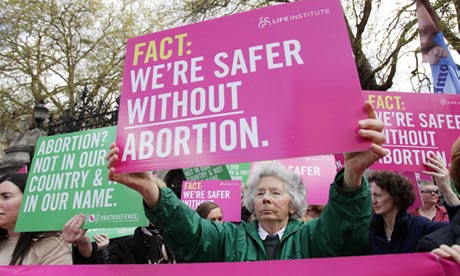The tragic tale of Savita Halappanavar has already spread far beyond Ireland's shores.
She needed an abortion to preserve her life when her pregnancy took a bad turn. As anyone who's been through such a situation knows, there is a real risk of infection if the fetal tissue is not removed from the uterus when the fetus dies. The woman's body does not always expel the tissue.
In Ms. Halappanavar's case, the doctors at the university hospital in Galway detected a fetal heartbeat, even though they knew that the pregnancy required termination to safeguard her health.
So there they were.
The baby wasn't dead yet. To terminate the pregnancy could be seen, in some legal circles and perhaps even in the local Garda station, as an illegal abortion.
There was a heartbeat, you see.
Doctors are not lawyers, but they'd have to be to parse the language that regulates maternal health issues in Ireland.
Given a choice between prosecution for performing an illegal act, or hoping against hope that the fetus would just die and make matters simple, they wagered and lost. Badly.
Ms. Halappanavar died because the government of Ireland is trying to straddle the fence and have things both ways. They want to be against abortion, but if it's a case of a woman's life, well, maybe, if the bishops say it's acceptable.
It's a Catholic country, after all.
The government stands between the patient and the doctor, and the doctor cannot make medical decisions with a statute book hanging overhead. What is a simple choice, one that should have been made by the Halappanavars in consultation with the obstetrician, became a tangled muddle because the government was in the way.
Start writing legislation for the treatment of heart attack victims and there'd be changes made after the first man died in hospital, waiting for a decision on the legality of an angioplasty.
But when it comes to health issues that are unique to women, all the protests go unheard.
Maybe now, with an international outcry, someone in the Dail will hear.


No comments:
Post a Comment